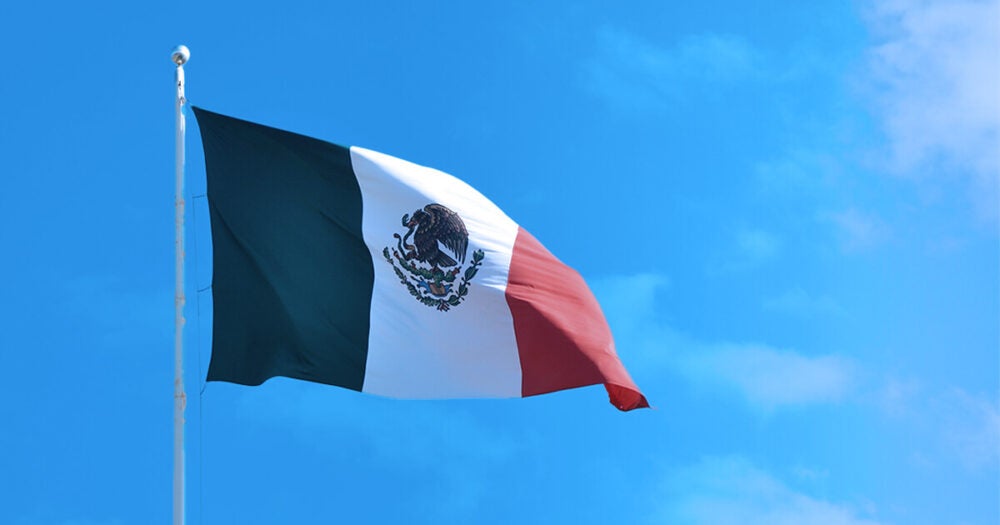Expanding your international freight shipping strategy can help your company stay competitive and protect your bottom line. In fact, the U.S. Chamber of Commerce has reported that 45 percent of companies do business in other countries (that surely includes your competitors). Many of those U.S. shippers find great success in shipping to Mexico.
As a member of the U.S.-Mexico-Canada Agreement (USMCA), Mexico offers businesses free trade with low or no duties and taxes on most imported products. Plus, its proximity makes shipping from the U.S. to Mexico more cost-effective than sending products by air or ocean to other countries outside of North America.
Cross-border Shipping Regulations for Mexico
Like any importing country, Mexico has regulations on cross-border shipping, including what it accepts, the amount that can be imported and licensing requirements. The regulations may be based on public safety, agricultural, economic and/or political reasons. As a shipper, you're required to adhere to those regulations.
It's important for shippers to understand product limitations and requirements to ensure they experience few disruptions and unexpected fees. Finding an experienced third-party logistics (3PL) company can certainly help with your cross-border shipping. A 3PL can provide access to carriers, local expertise and ensure cross-border freight requirements are met.
Cross-border Freight Shipping: 7 Product Limitations and Requirements
To export to Mexico, you must first register with the country's Official Register of Importers. Then &mdash before lining up business and shipping to Mexico &mdash follow these guidelines to help ensure your cross-border freight complies with regulations and will be legally and culturally accepted into the country.
- Visit the U.S. Bureau of Industry and Security to see if your product is on the commerce control list. If it's listed, check to see if an export license is required.
- Ensure your product doesn't appear on Mexico's Prohibited Items List. Some products not allowed for importing include narcotics, electronic cigarettes, firearms and ammunition.
- Determine if your product needs an export license from the U.S. government.
- Verify if your product requires an import license or authorization from one of the departments within the Mexican government. These items are identified by their Harmonized System (HS) code number, a standardized classification method administered by the World Customs Organization that is used globally to establish tariff classification.
- Follow all cross-border shipping regulations required for importing certain products. For instance, health care products have certain requirements, including the designation of a legally appointed representative for the product in Mexico. The product also needs to be registered with the Secretariat of Health.
- Adapt your product to fit customs and language standards. You may need to repackage your product if the color has a negative connotation in Mexico. Products that will be sold in Mexico must be labeled in Spanish before importing.
- Modify electrical products, as needed, to meet certification and accreditation requirements.
A 3PL Can Help With Cross-border Shipping Regulations for Mexico
Exporting into any country requires a great deal of knowledge and connections with the right sources of information. By optimizing your international freight shipping strategy and understanding what is required to ship to Mexico, companies can increase revenue and extend their global presence. It's difficult to achieve this alone. However, a 3PL like GlobalTranz can assist you with transportation solutions, documentation, international requirements and everything else you will need for successful cross-border freight shipping.
Our team of 3PL experts will help analyze your supply chain, allowing you to identify opportunities to save money, optimize operational efficiencies and maximize your international shipping.
Ready to speak to one of our cross-border freight shipping experts? Reach out for a free consultation today.

